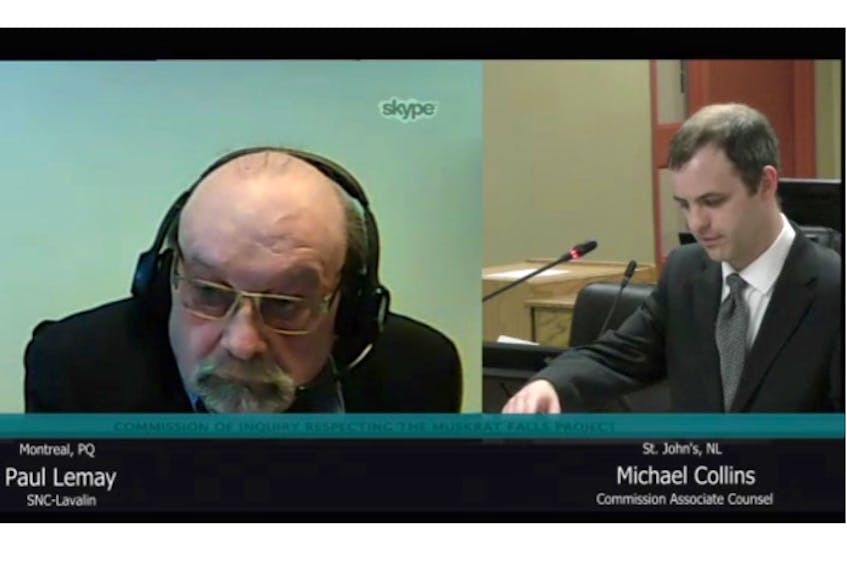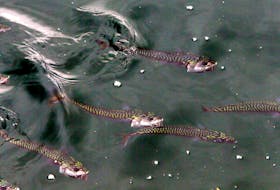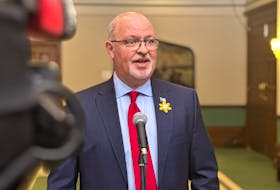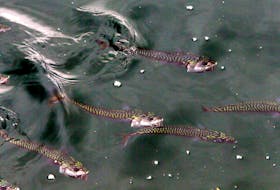ST. JOHN'S, N.L. — SNC-Lavalin lead estimator Paul Lemay says Nalcor Energy project team members were always around him at the project office on Torbay Road in St. John’s.
He said they approved the appointment of every member of his team. They checked in every morning to ask what he would be working on. They hovered, he says.
“We had Nalcor on our back almost every day,” he said, while on the stand at the Muskrat Falls Inquiry on Friday. “I think it was overdoing it a little bit.”
But while he wasn’t a fan of the management approach, Lemay spent much of Friday also testifying about how his 11-person team’s estimate was not interfered with by the project owner.
There was some dancing around it, but he was finally asked point blank if Nalcor Energy ever attempted to change or influence his numbers, before they were formally documented and filed in 2011.
“Never,” he said. He later reiterated: “They never did that.”
The relationship between SNC-Lavalin and Nalcor Energy changed in 2012. SNC-Lavalin had been contracted for engineering, procurement and construction management (EPCM) on the project but, as the inquiry has heard from other witnesses, clashes between SNC and Nalcor personnel and disappointment over parts of the early estimate were part of a decision to change to an “integrated management” team.
Lemay supported previous testimony that SNC personnel were moved from more private offices out into the “bull pen” of cubicles at Torbay Road. He reported to Nalcor’s Jason Kean and Mark Turpin as of early 2012, and says they were all talking more at that point about the estimate numbers and overall costs.
There were puts and takes to what SNC-Lavalin filed in 2011.
“I was not responsible anymore,” Lemay said.
SNC-Lavalin was not tasked with estimating costs for the Strait of Belle Isle subsea cable crossing, or risk and contingencies. That was always Nalcor Energy’s responsibility in developing a total project cost estimate.
The $6.2-billion capital cost announced to the public at the end of 2012 was a combination of SNC-Lavalin’s submission at the end of 2011 for the bulk of the project’s capital budget, plus edits in 2012 and the other estimating work Nalcor was responsible for.
Lemay testified there was no SNC-Lavalin “basis of estimate” finalized after the mid-December 2011 submission. The $6.2 billion trumpeted at sanctioning was a Nalcor estimate.
While on the stand, Lemay did say the SNC-Lavalin estimate in 2011 used labour rates that were provided by Nalcor Energy, which were arrived at before project trades agreements were settled.
“If the final union agreement matched that number, I don’t know sir,” he said, again referring to his change in status in 2012 and the difference he saw between what SNC-Lavalin contributed in 2011 to what came thereafter.
On labour, he said the estimate he signed off on did factor in the fact the Hebron offshore oil platform construction was ongoing in Newfoundland and that could affect the availability of top people for Muskrat Falls work, particularly early on.
Commission associate counsel Michael Collins asked many questions about benchmarking for the figures Lemay used in the 2011 filing, diving deep in the example of concrete work, challenging reasonableness of the benchmarking there, productivity concerns and Lemay’s understanding of the project he was costing.
Lemay’s lawyer, Sheilagh Murphy, noted the back and forth was all based on a very small sampling of a few pages, from a basis of estimate covering roughly 54 binders-worth of documents.
Lemay transferred back to Montreal from St. John’s in January 2014 and continued work on the Muskrat Falls project until December 2018. He continues to attribute the end of his work on the project at least in part to his participation in the inquiry, although he acknowledged he has no evidence to that effect.
RELATED STORY:
The Muskrat Falls Inquiry (Phase II)









